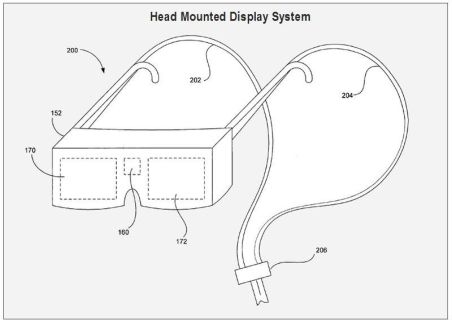Last week on The Future Digital Life, I posted about the Dangers of Computer Vision. The post garnered a fair amount of interest but it is a question that’s a tad ahead of its time. We don’t have cameras greedily sucking up information by the bucketfuls right now.
But we do have GPS for our augmented reality apps.
Cue the Imperial March soundtrack and bring out Apple’s turtlenecked front man in role of Darth Jobs. A recent “bug” was uncovered in iPhone’s software that allowed tracking of the phone user’s location.
Apple claims the data is not the actual smartphone location:
“The location data that researchers are seeing on the iPhone is not the past or present location of the iPhone, but rather the locations of Wi-Fi hotspots and cell towers surrounding the iPhone’s location, which can be more than one hundred miles away from the iPhone.”
Either way, it’s a perception that a breech of trust has occurred. Rather than ramble on about the dangers of this data, and since many of the readers of Games Alfresco are software designers, I thought I would pose a question. One that won’t be that surprising if you read the title of my post.
Sound off, software developers of the rabid interwebs…
How will you protect your customer’s data exhaust?
Filed under: Uncategorized | Tagged: Apple, augmented reality, customer protection, data, data exhaust, GPS, iphone, Steve Jobs | 5 Comments »






